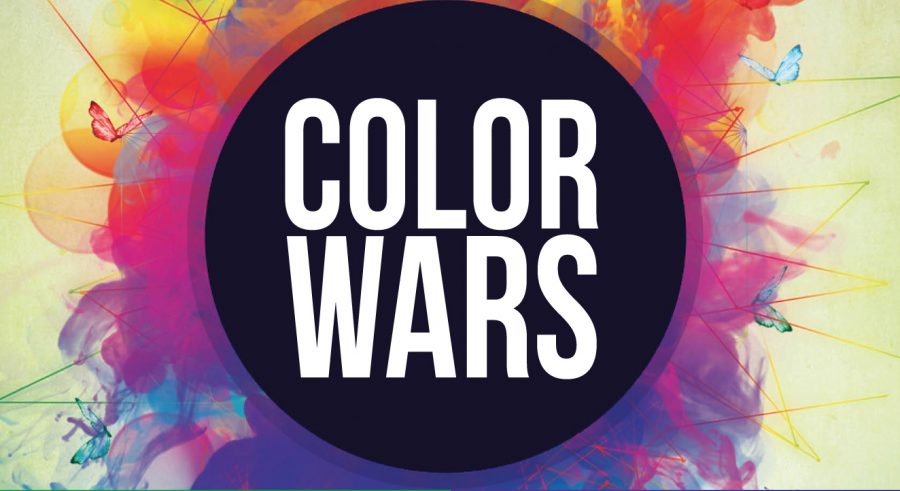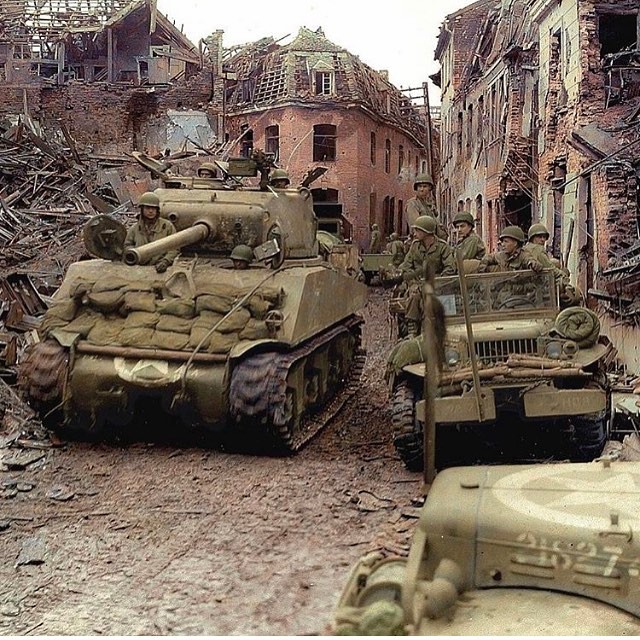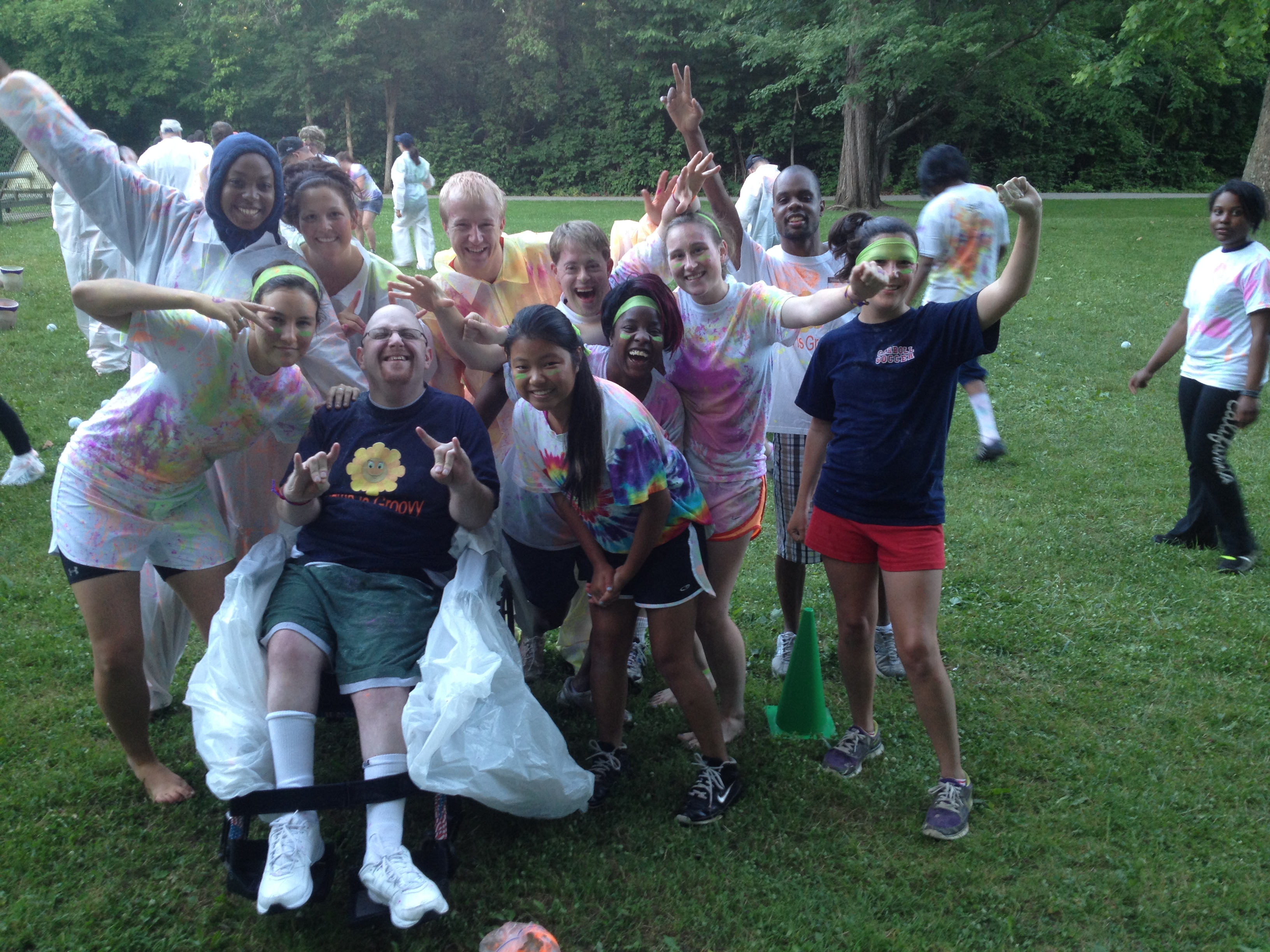


#Color war photos series
One of her most recent works was in Germany: a series of old photos depicting 10 important moments in the history of German football. In addition to historical events such as the Holocaust, she also colors portraits of personalities such as Martin Luther King Jr., former US President Abraham Lincoln and German physicist Albert Einstein. and associates at the Civil Rights March on Washington Image: National Archives and Records Administration/Marina AmaralĪmaral's work mainly involves images from the first half of the last century, when color photography was still taking its first steps. Amaral's colorized image of Martin Luther King Jr. I received very interesting material recently, and I'm talking to some people to try to bring this idea to life," she says. "I would love to do a series about Brazil's participation in World War II, for example. "Unfortunately I'm a bit limited, because there are themes I'd love to explore, but I just cannot find the photos under the conditions I need, in the public domain and in high resolution."Īccording to Amaral, this is why her portfolio has very few records related to her homeland. When choosing the images, the artist also takes into account the visual impact that the photo will have, but the historical context of photography is the determining factor.
#Color war photos trial
Read more: Auschwitz trial documents, recordings awarded special UNESCO status The rest of the photographs are offered by collectors, historians or institutions. Some 98 percent of the photos she uses are in the public domain, made available by government agencies, libraries and museums. "While a simple portrait can be done in 40 minutes, a more complex and detailed photo can take up to 40 days," she explains. The image coloring process is done entirely in Photoshop, manually, and can last for weeks. Since then, I have been able to develop my own techniques, and eventually, unexpectedly, it has become my career," says the self-taught artist. "I started practicing without having any idea which way to go, and I didn't stop.

Years later, in 2015, when she came across a collection of World War II color photos in an online history forum, she decided to try the technique. Read more: Last letters from the Holocaust – Remembering the victims Amaral's colorization of Hitler with some of his SS guards at the Wolf's Lair in East Prussia Image: Marina AmaralĪmaral began to casually use Photoshop as a child. I was very happy when I realized that people understood the message and felt the same way I did." "It was completely surprising, I received messages from all over the world. I wanted to humanize her and tell her story," she recalls.īut the huge response was a surprise, says the artist, who has since gained prominence in the international press. "When I first saw her, I could not forget her. In an interview with DW Brazil, Amaral says she chose Kwoka's photo to color because she was impacted by the expression on the girl's face. In recent weeks the image has gone viral on social media after having been shared by the Auschwitz-Birkenau Museum in Poland, which once housed the largest of the Nazi extermination camps. To view this video please enable JavaScript, and consider upgrading to a web browser that supports HTML5 video


 0 kommentar(er)
0 kommentar(er)
